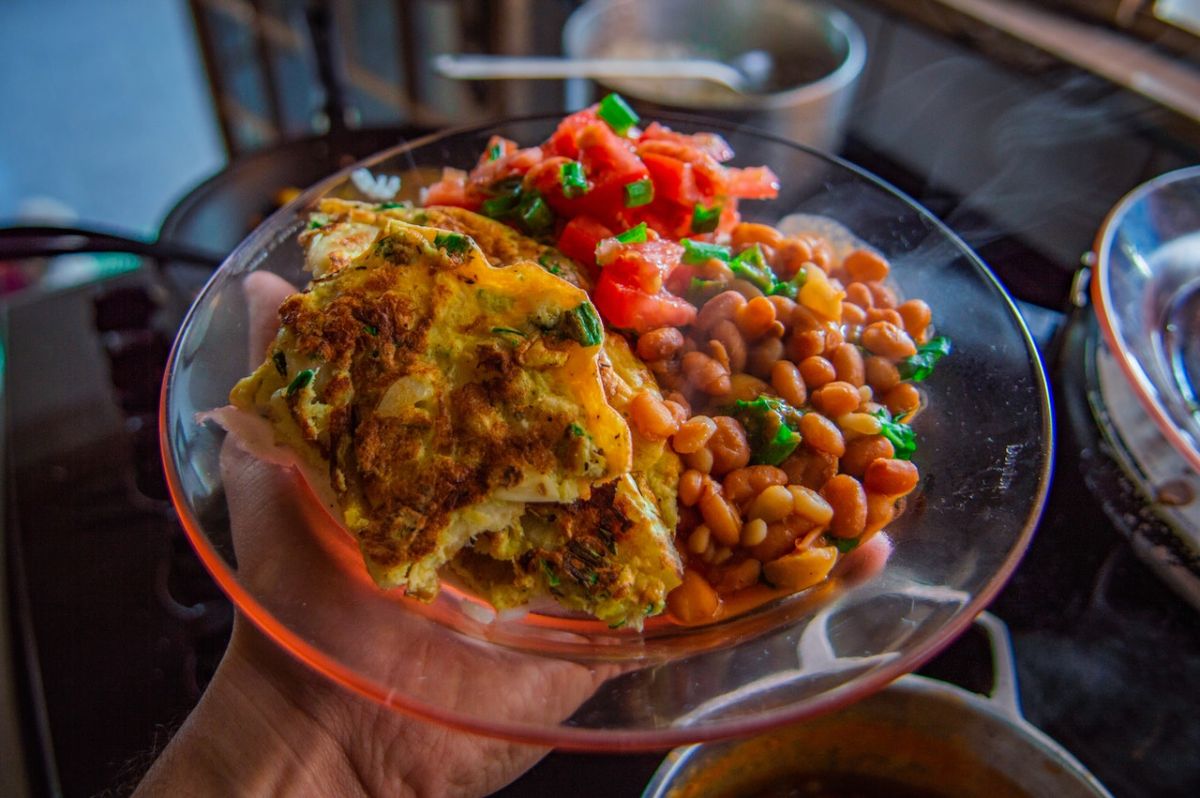More beans and less white rice to reduce diabetes risk | The State

Harvard researchers recommend eating more beans, less white rice, and less red meat to be healthier.
In diet studies over a 10-year period, they found that people who increased their daily servings of white rice eventually they had a higher blood pressure and higher levels of sugar and harmful fats in the blood, warning signs of the type 2 diabetes. Instead, those who ate More servings of beans than rice greatly reduced his risk.
Beans are one of the most nutritious and healthy foods that can be consumed on a daily basis and among many benefits they can help prevent diabetes.
Who consume around three and a half servings per week of legumes like beans, can reduce your risk of diabetes by 35 percent, studies reveal.
“He high fiber content and low glycemic index, along with the high content of protein of legumes, help prevent unhealthy sugar spikes and drops that, if left unchecked, can lead to insulin resistance and uncontrolled diabetes, ”Indiana University Health publishes.
Why less white rice?
The Harvard Nutrition Source publishes that in studies carried out in the United States including about 200 thousand people it was found that those who ate five or more servings of rice white per week compared to those who ate less than one serving per month had a 17% higher risk of developing type 2 diabetes.
Unlike white rice, brown rice has a positive impact on health. Consuming two or more servings per week compared to less than one serving per month is associated with a 11% reduction in the risk of type 2 diabetes.
Why is white or refined rice unhealthy?
White rice is not considered a healthy carbohydrate like brown rice. He Integral rice keeps its nutrients intact naturally. Meanwhile he White rice is subjected to a process in which you lose fiber and other nutrients.
Consumption of fiber is associated with a lower risk of developing a number of conditions, including heart disease, diabetes, diverticular disease, and constipation.
The refined rice is polished to remove the bran layers and the embryo so that only the starchy white endosperm remains; hence the name “white” rice.
During the grinding and polishing process, most of the B vitamins, minerals, phytochemicals and fiber are removed. Later a part of the B vitamins and iron can be added again, but the fiber is gone.
Brown rice has a low glycemic index (GI) at 55 and white rice has an average GI of 64. A diet with higher GI foods is associated with an increased risk of type 2 diabetes. The glycemic index (GI) is a measure of increased blood sugar levels after eating a particular food.
It may interest you:
.


